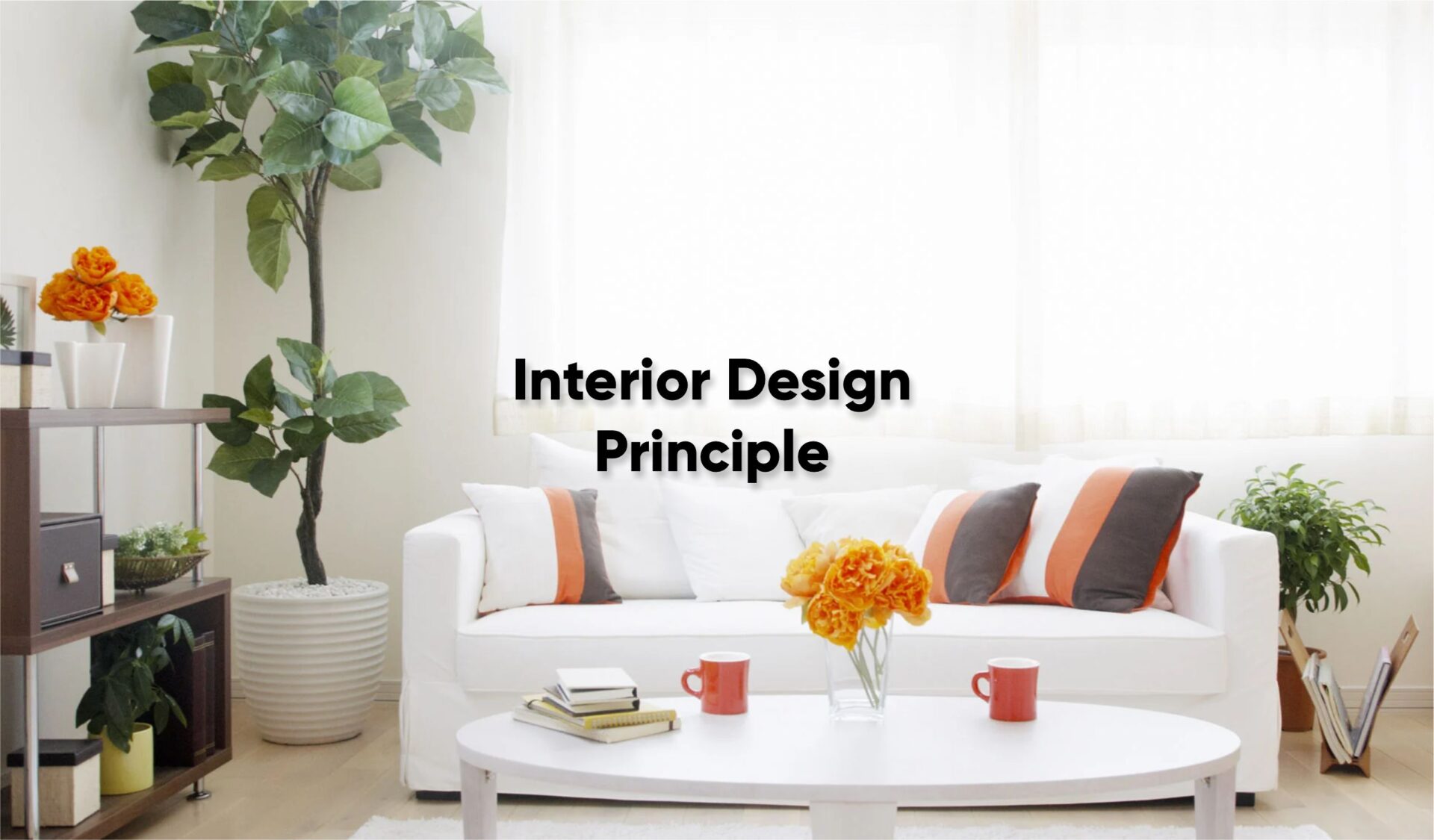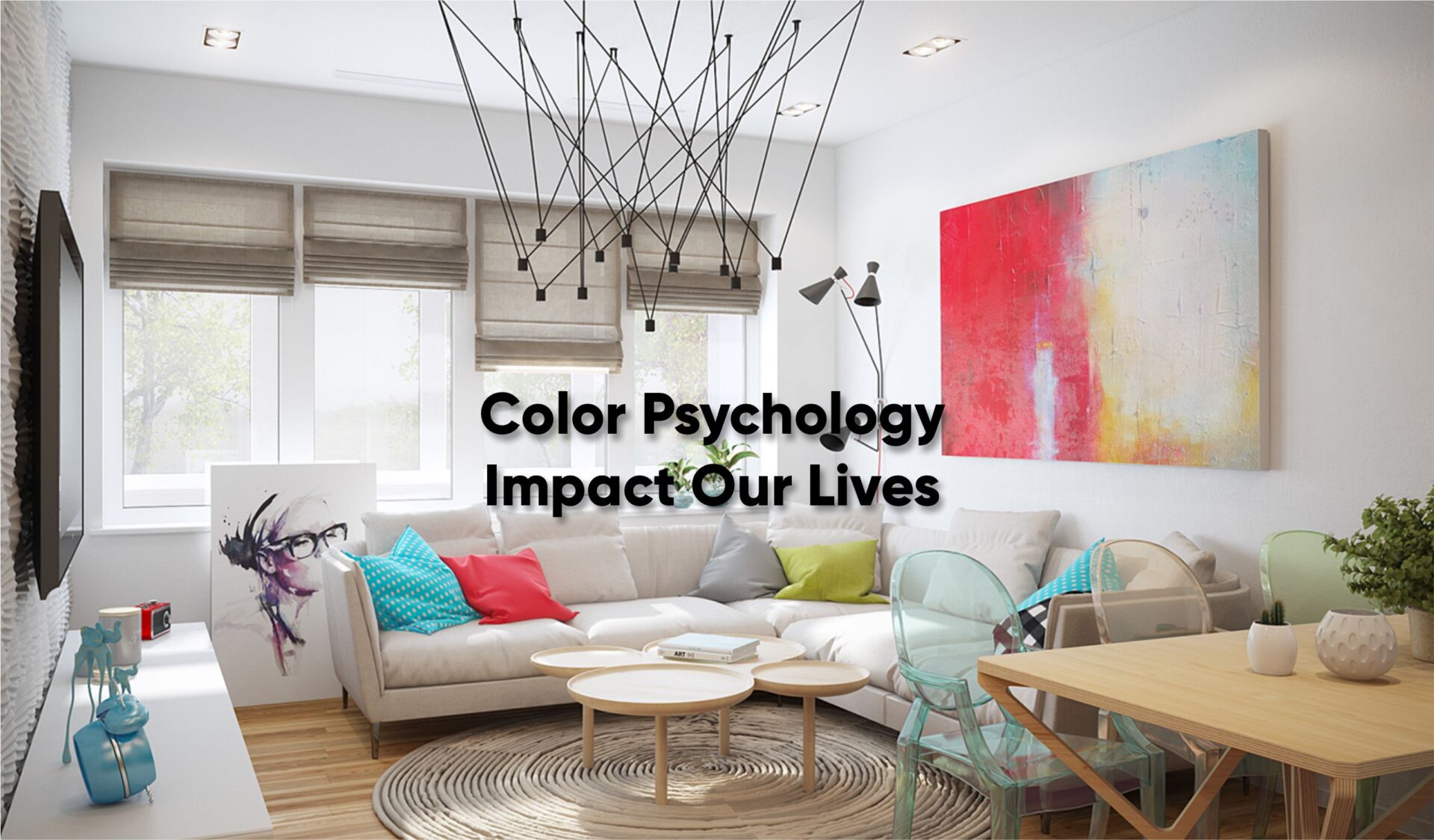When it comes to Interior Design, achieving a harmonious and visually pleasing space is of utmost importance. One key principle that plays a significant role in creating such an environment is balance. Balance in interior design plays a key role in establishing a serene atmosphere and fostering unity within a…
Color psychology is a fascinating field that has been studied extensively throughout history. From ancient yogic practices to modern interior design, the impact of color on our emotions, behavior, and overall well-being has been recognized for centuries. In this blog, we will explore the significance of color psychology. The Bhagavad…
The psychology of lines is a branch of psychology that studies how different types of lines affect human emotions and behavior. There are three main types of lines in interior design: vertical, horizontal, and diagonal. Each of these lines has its unique psychological effects on people. The psychology of lines…
Interior Design impacts our senses through lighting, acoustics, materials, colors, patterns, texture, furniture layout, and more. These factors have the ability to impact how people feel. This link between design and psychology is gaining recognition, leading to people-centric designs. Environmental psychology has existed for centuries, such as Vastu Shastra, Feng…
The use of light in Interior Design is more than just a practical concern. Light significantly impacts human psychology and behavior, affecting everything from mood and energy levels to overall health and well-being. This is why it is essential to consider the psychology of light when designing interior spaces. Lighting…




